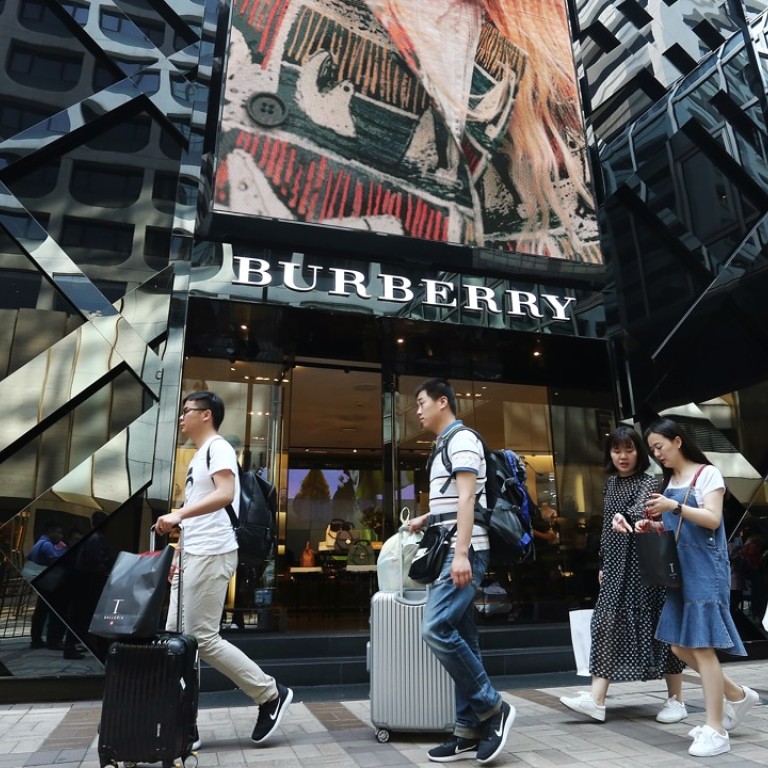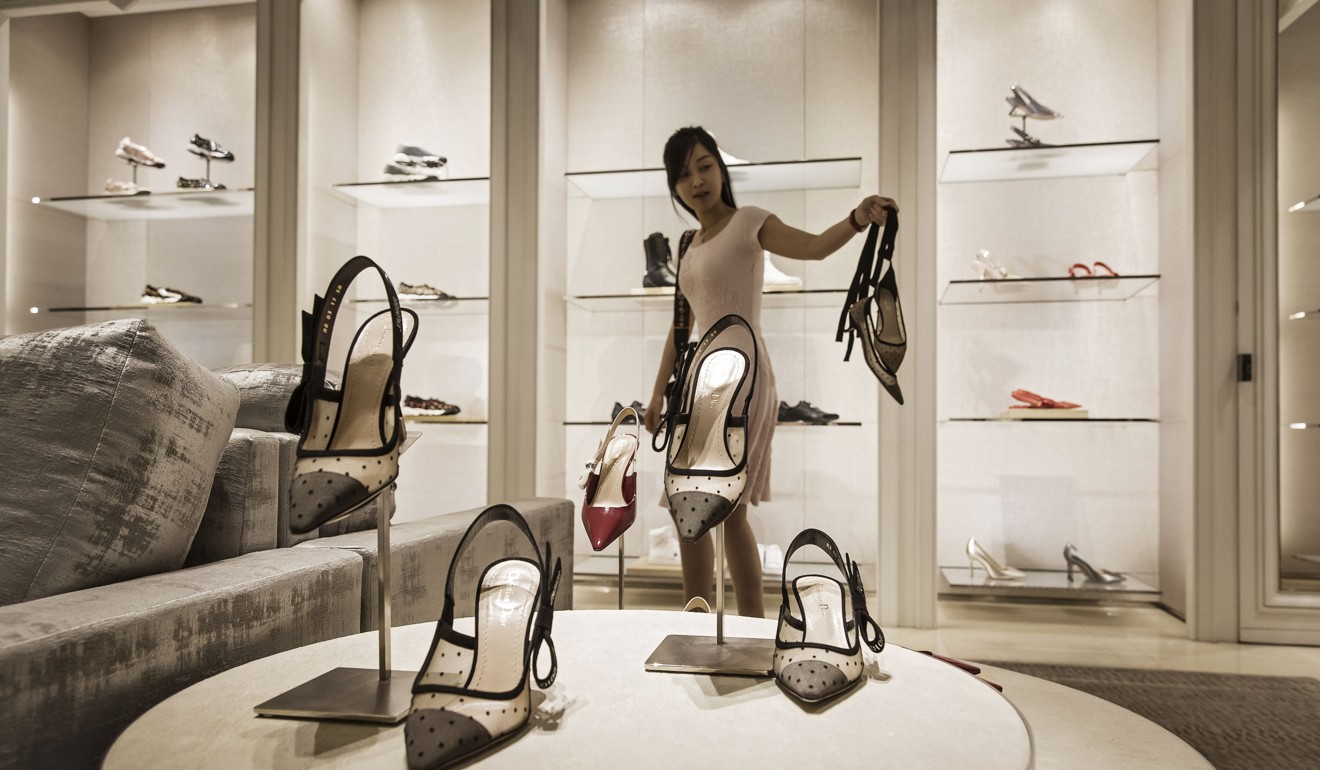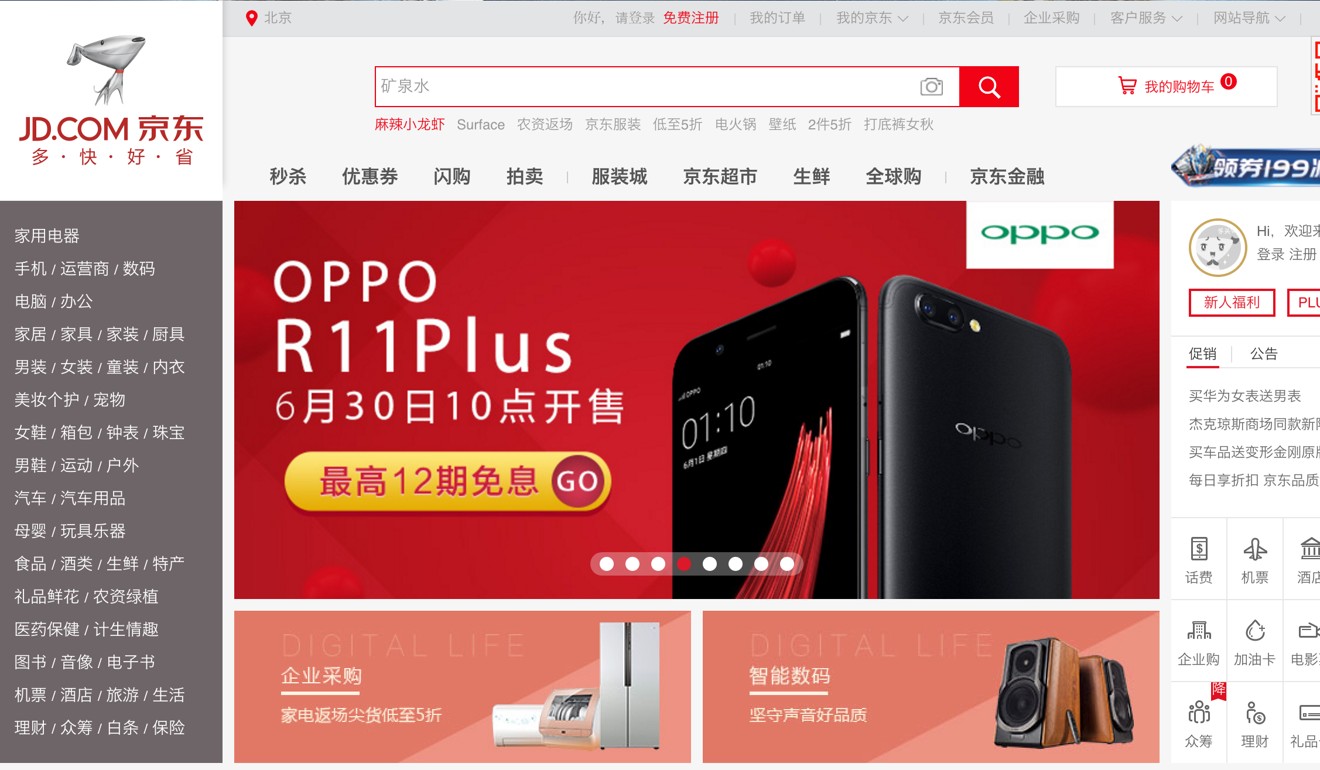
Why luxury brands no longer give China’s online marketplaces the cold shoulder
The world’s biggest luxury brands are increasingly jumping into China’s US$751 billion e-retail market
The world’s biggest luxury brands have had a change of heart towards China’s online marketplaces, which they once saw as a no-win battleground of counterfeit sellers, discounts and sales that tear away their brand value.
The likes of Louis Vuitton and Gucci are now jumping into the country’s 5 trillion yuan (US$751 billion) e-retail market, hoping to woo the hundreds of millions of Chinese shoppers to buy big-ticket luxury handbags and couture, as they would of casual clothing and daily grocery online.
Spanish brand Loewe announced earlier this month that it will hold a flash sale of its iconic “Barcelona” handbag on Alibaba’s Tmall platform, marking the LVMH-owned luxury house’s first venture into China’s e-commerce market. In honour of Chinese Valentine’s Day later this month, Madrid-based Loewe had even designed the “Hearts” Barcelona bag with a price tag of 15,900 yuan, exclusively for China’s online shoppers.
In July, both Louis Vuitton and Gucci launched e-commerce services in China, allowing Chinese customers to shop without the restrictions of store locations or business opening hours.
The apparent turnaround from the brands underscores the reality that the Chinese e-retail market is so massive that they cannot afford to take lightly of, albeit the challenges that continue to exist.

“Brands are going where the consumer is. The promise of China’s market is too big for luxury brands to ignore. They also can’t ignore the fact that online, especially via mobile devices, is increasingly how China’s rising middle class is shopping for luxury goods,” said Andria Cheng, analyst at eMarketer.
“China’s e-commerce giants, led by Alibaba’s Tmall and JD.com, have been aggressively courting luxury brands to their sites while pledging to fight counterfeiting. Those efforts have also helped to ease any original discomfort and hesitation luxury brands may have,” Cheng added.
The rising trend comes at a time when Chinese consumers, which represent about one-third of the world’s luxury market, are increasingly making luxury purchases at home rather than travelling abroad.
They also can’t ignore the fact that online, especially via mobile devices, is increasingly how China’s rising middle class is shopping for luxury goods
A key factor in this shift was the tighter customs controls that limit foreign shopping in an effort to fight the “grey market” of unauthorised sales and stimulate domestic consumption, said a recent report released by consulting firm Bain & Company.
Until recently, many Chinese luxury purchases were made overseas or through a service called daigou – personal shoppers who buy goods abroad and bring them into China, which effectively avoided the country’s hefty taxes. The Chinese government’s tighter customs controls, which led to more check points at airports, have made it more difficult for the daigou services and resulted in more luxury purchases at home.
Global consultancy KPMG predicts that half of China’s domestic luxury consumption will be generated online by 2020.
The change in consumption behaviour has made “luxury” the new fronter for e-tailers like Alibaba’s Tmall and JD.com, said Liz Flora, editor of Asia-Pacific research at L2, a New York-based market research company.
“They’ve already reached a saturation point with mass-market brands, so luxury labels present a lucrative opportunity that remains relatively untapped,” she said.
According to L2’s recent report, about 100 per cent of consumer goods brands have an official presence on Tmall and 98 per cent on JD.com. But only 24 per cent of luxury labels are on Tmall and 10 per cent are on JD.com.
They’ve already reached a saturation point with mass-market brands, so luxury labels present a lucrative opportunity that remains relatively untapped
Flora said that was because e-tailers’ mass-market image remains an issue that needed to be overcome in order to attract more luxury brands.
To better court luxury brands, Alibaba has recently launched its Luxury Pavilion, a by-invitation-only platform dedicated to premier brands, while its major rival JD.com has built a “white-glove” delivery service, where purchases are delivered to a shopper’s doorstep by a white-gloved delivery staff dressed in a black suit with dark grey tie.
But whether Chinese shoppers will embrace the online full-price luxury shopping in the same way as they had with mass market online shopping remains to be seen.

Narrowing of the price gap between luxury goods sold in China and abroad will be the biggest factor in drawing Chinese consumers to shop online.
“As long as luxury goods remain significantly more expensive in China than abroad, most shopping will still take place outside of the mainland and the grey market will remain intact,” said Flora with L2.

